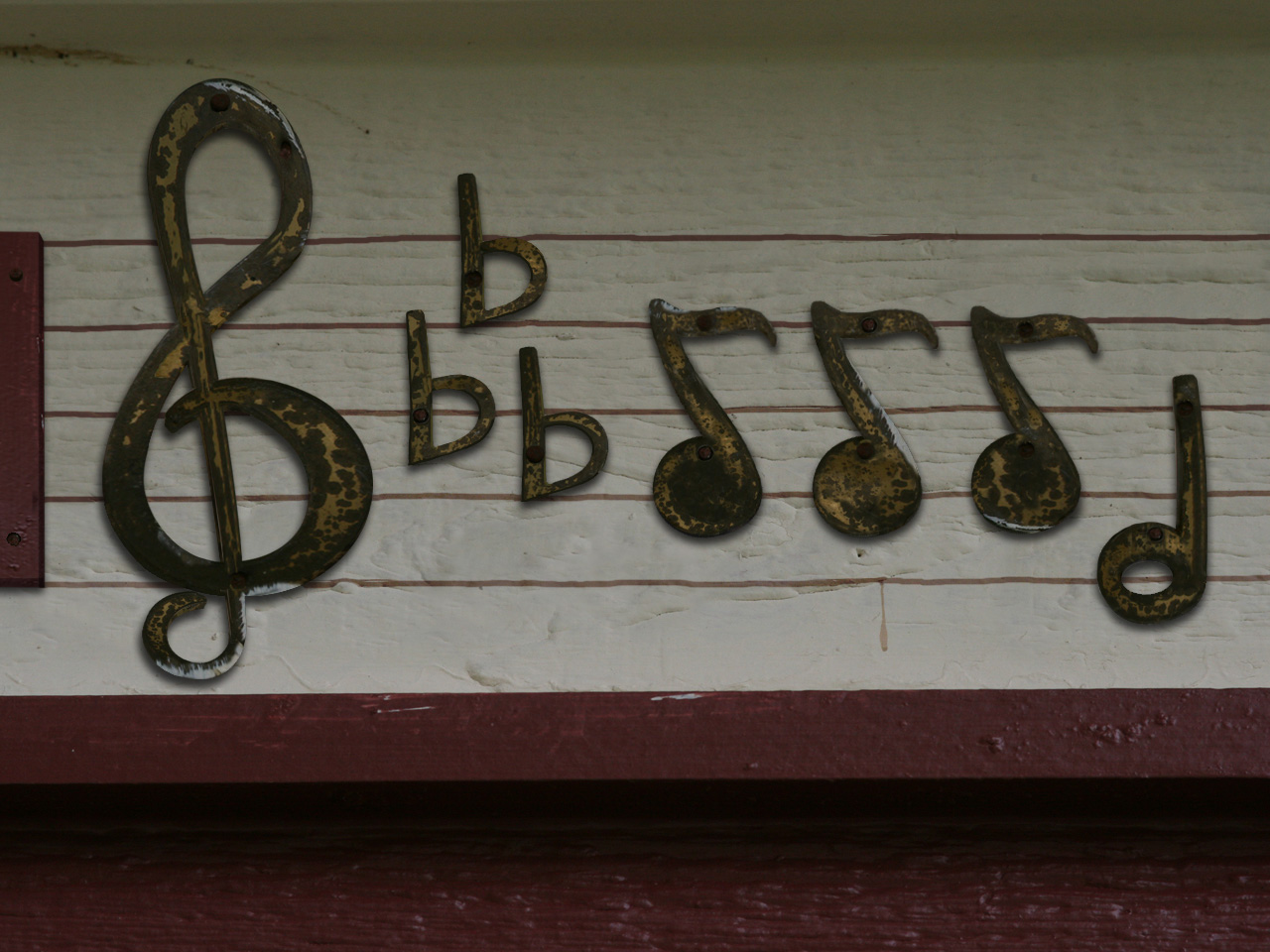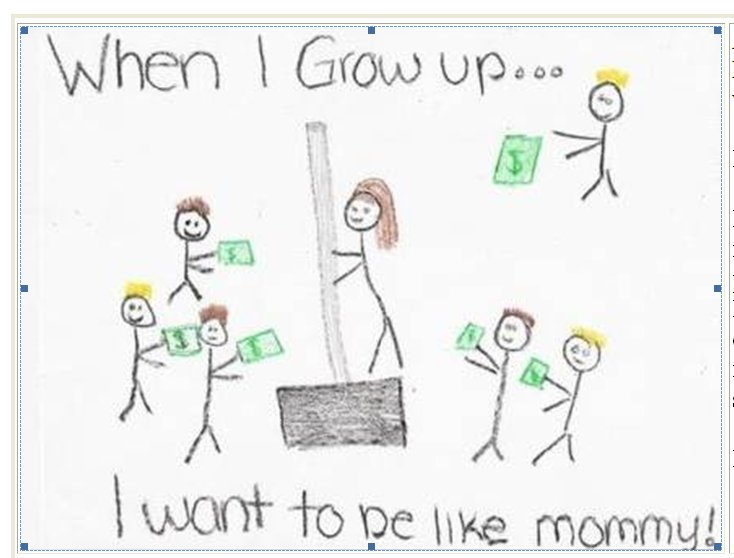Paint a pretty picture, call it art.


Seriously, the time and effort that goes into these things, it's a labour of love for some people.
But art...
When you work on a piece of art intellectually for a long time before beginning it you learn exactly how difficult it is to create art.
Painting, sculpture, photography, film, digital manipulation, writing... these are all art forms. Art is something that has an encoded message that is meant to be decoded, for example; Picasso's Guernica is meant to be read from left to right, the shapes may look like a mess but the simplistic forms create other shapes on purpose to symbolise things and create a narrative, it is an artists piece of art.
But even this starts to fail when you realise that there is the built in assumption that you have to read it a certain way to begin to understand it, it's a problem that faces artists all the time when trying to escape the tropes of the form.
To put it simply... To have form without function is like having a hand that can't move, it's dead and lifeless, there is nothing to it. Sure that hand can look as beautiful as possible but it won't be art as just a form, anybody can learn to perfect the art form although don't get me wrong a mastered construct of the form does command a lot of respect simply by virtue of ability that went into it.
On the flip side there is the functioning hand that looks a state, perhaps burned or scarred, if it plays a beautiful melody on the keyboard it seems beyond reason that the ugliness can't be forgiven simply because it functions masterfully well.
It is also difficult to assess where line for art is because it requires level of both considerations of form and function, it's more of a gradient along the axis than a line and it also depends on your audience and your message, with each viewer taking on a different meaning for art, there is also a point when technical ability breaches the point of becoming art in of itself. Which is why art appreciation is very difficult and I loathe people who parrot what curators have told them.
It is possible to have something that is entirely intellectual and artistic of little to no technical ability or something that is entirely technical using the art form whilst holding little to no meaningful artistic value.
If you need to understand this.
Compare the two Star Wars trilogies.
One of them is a masterpiece of story telling and the other is a masterpiece of technical ability.
Which one was superior again? It depends what you are looking fo... The prequels sucked!
There is also that commonly occurring yet rarely recognised phenomenon of art by accident.
Look at this master piece of
art done by a little girl.
Very basic form... but that's a part of what makes it effective.
Of course, the message is encoded so well it can invoke a response, you know 'exactly what it means' on some level provided you understand the language, but even if you didn't it still can have impact...
But actually, it is quite by accident and means something completely different to the well encoded connotations.
http://namibsands.wordpress.com/2009/01/28/always-check-your-kids-homework/
Glenhanna... I like Meade.
The nature of the Alexa Meade's work is definitely a work of paradox, the paradox being within the preconception that art has to be realistic.
Many new artists and some older generation artists classically strive for realism and in doing so their replicated work is always going to be just that. A stand in for the real.
Alexa challenges this notion by giving the real things the qualities of the replicated works. By striving to make the real as convincingly manufactured in a particular art form, she has in essence, turned the preconception of realism on it's head, which is both novel and intriguing. Despite the obvious message encoded within the style it just bugs me that she didn't take this one step further by instead of encoding side story connotations concentrate on cementing the paradox by turning 2D elements into hyper-real 3D looking elements.




